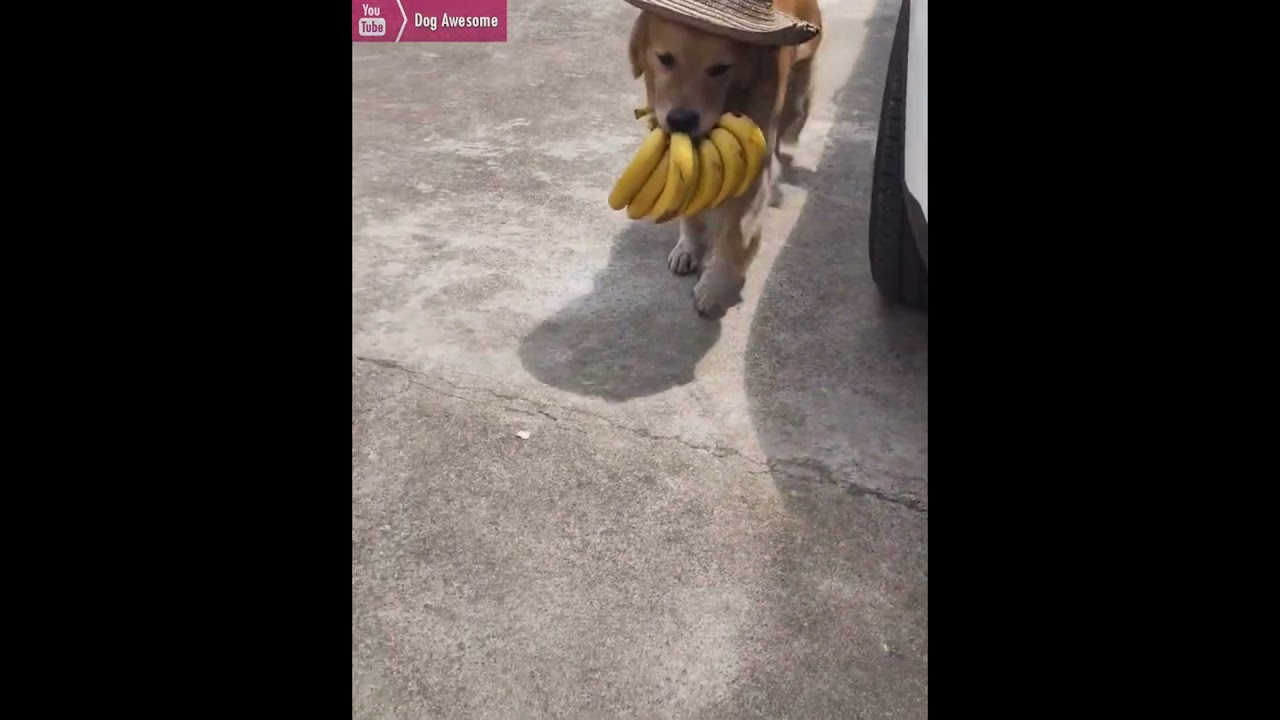Training Your Golden Retriever: Tips and Tricks
Introduction
Golden Retrievers are friendly and smart dogs known for being loyal and obedient. If you own a golden retriever and want to train them effectively, you can try using classical conditioning techniques. Classical conditioning is a training method that involves pairing a neutral stimulus with a desirable or undesirable outcome to get a certain response from your dog.
Understanding Classical Conditioning
Classical conditioning is all about making associations. By repeatedly pairing a specific stimulus with a positive or negative outcome, your dog will learn to connect the stimulus with the outcome and show a conditioned response. It’s a way to change your golden retriever’s behavior and help with various training goals.
Tips and Tricks: How to Train Your Golden Retriever with Classical Conditioning
1. Know the Response You Want
Before you start classical conditioning, be clear about the behavior or response you want to teach your golden retriever. Whether it’s sitting, staying, or coming when called, it’s important to know your goal.
2. Choose Something Neutral
Next, choose a neutral stimulus that you can pair with the positive outcome. It could be a sound, an object, or a word command.
3. Pair the Stimulus with Rewards
Whenever your golden retriever does the desired behavior, immediately give them a reward or positive outcome. This can be treats, praise, or playtime. Keep repeating this process to strengthen the connection between the neutral stimulus and the reward.
4. Time it Right
To make classical conditioning effective, you need to pair the neutral stimulus with the positive outcome right after your dog shows the desired behavior. Timing is important, so your dog understands the association clearly.
5. Reduce Rewards Gradually
As your golden retriever starts to connect the neutral stimulus with the desired behavior, slowly reduce the frequency of rewards. This will help them understand that the behavior is expected without getting a reward every time.
6. Keep Using Positive Reinforcement
Even after the initial conditioning, continue reinforcing the behavior with positive rewards. Regularly reward your golden retriever to reinforce the desired response and prevent any regression.
FAQs
Q1: Can you use classical conditioning for all types of training?
Classical conditioning works best for teaching basic behaviors and commands. However, for more complex tasks or advanced training, you might need to use a combination of classical conditioning and other techniques like operant conditioning.
Q2: How long does classical conditioning take?
The time it takes for classical conditioning to work depends on factors like your dog’s temperament, previous training, and the complexity of the behavior. It’s a gradual process that can take weeks or even months of consistent training to achieve the desired response.
Q3: Can you use classical conditioning on dogs of all ages?
Yes, classical conditioning can be used on dogs of all ages. However, it tends to be easier to train puppies as they are more receptive to learning and adapt quickly to new things.
Q4: What should you do if your golden retriever gets scared or anxious during conditioning?
If your dog shows signs of fear or anxiety, it’s important to seek help from a professional dog trainer or behaviorist. They can assess the situation and provide guidance customized to your dog’s needs, ensuring their well-being during the training process.
Q5: Can classical conditioning be used to fix behavioral problems?
Classical conditioning is mainly focused on training desired behaviors rather than fixing behavioral problems. If your golden retriever has behavioral issues, it’s best to consult a professional trainer who can address the underlying causes and create a comprehensive training plan.
Conclusion
Classical conditioning can be a useful method for training your golden retriever and shaping their behavior. By understanding the principles and following the tips mentioned in this article, you can create positive associations and have a well-behaved and happy companion. Remember to be patient, consistent, and prioritize your dog’s well-being throughout the training process.
















